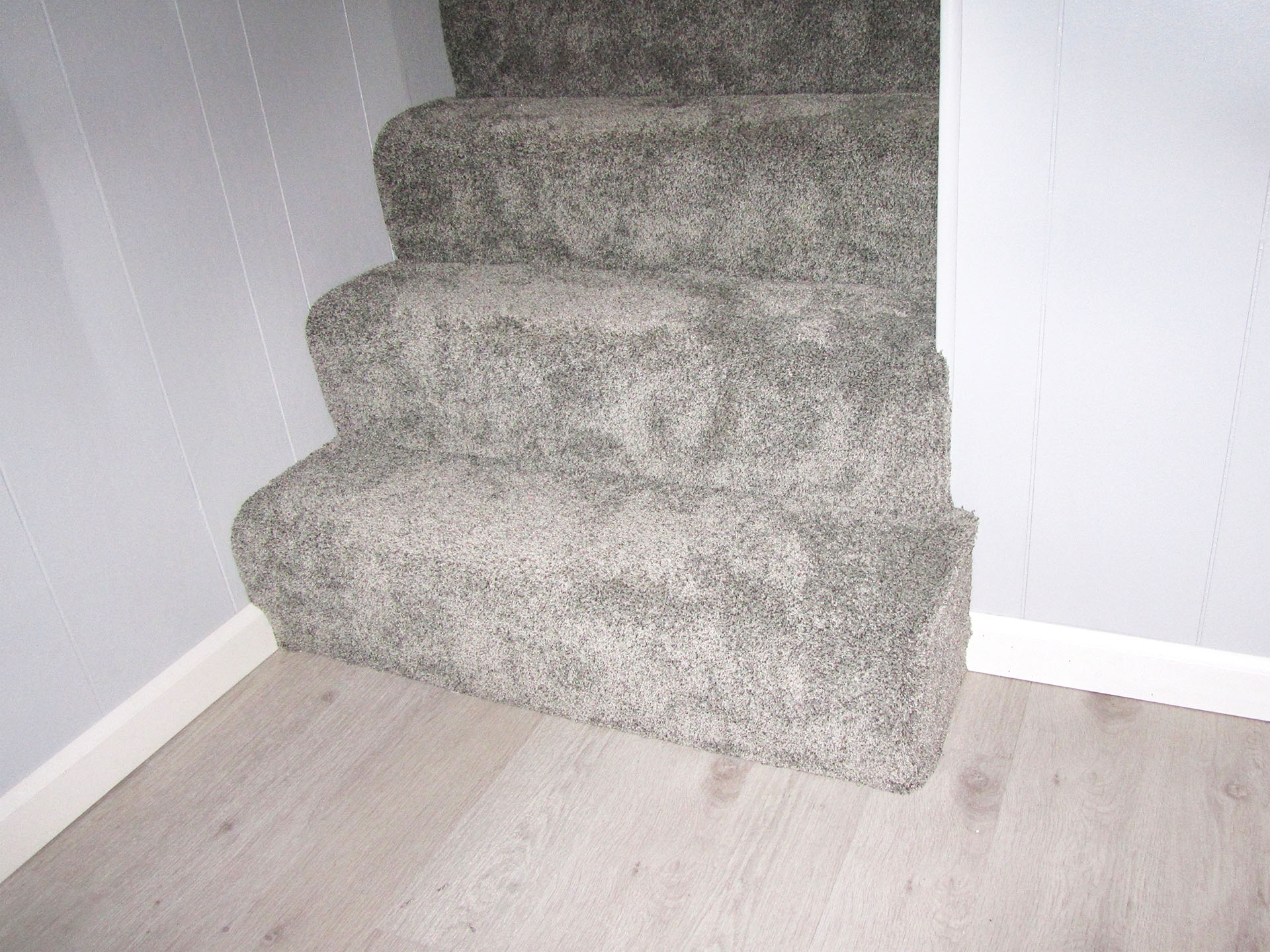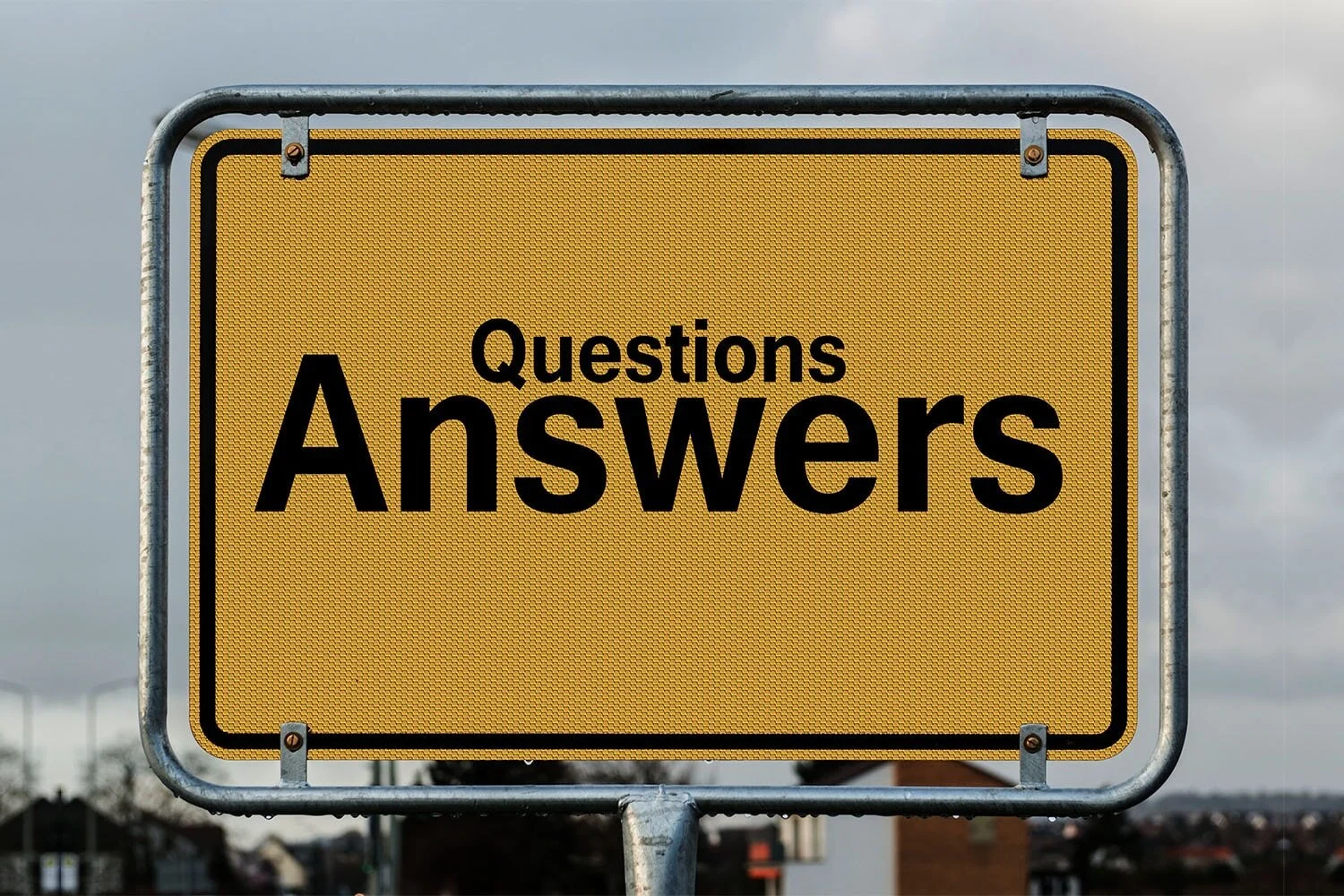7 Outdoor Flooring Maintenance Tips
/how to clean, maintain, and protect your natural stone flooring
NATURAL STONE
A cool fact about natural stone from the DalTile Website:
“Natural stone has its own unique qualities that not only distinguish it from man-made materials, but also should be considered in selecting it for a particular project. Stone is not manufactured; it is a product of nature. Blocks are removed from the quarry, slabs are cut from these blocks, and the slabs are further fabricated into the final stone to be installed. Each block is different; each slab is different. Skillful blending or matching of the dimension stone blocks, veneer panels, tops, etc., results in a beautiful blending of nature’s variety and man’s design. “Uniformity of material,” when applied to natural stone, is a term of relative value that needs to be understood when making a selection.”
Follow these tips to keep your slate, marble, travertine, onyx, and limestone in the best shape.
- Know Your Stone. Travertine stone for example, has voids in it due to the way it forms in nature. Certain white marbles if exposed to direct sunlight will yellow over time, and natural stone in general has a different cleaning regimen than man-made ceramic. Therefore, know your product so you can keep it looking and functioning at its best.
- Seal and Regularly Reseal Your Stone. Natural stone is more porous by nature compared to man-made ceramic tile. Properly sealing the stone with a high quality sealer is crucial to stain prevention. You’ll know it’s time to reseal your stone when water fails to bead on the surface but instead disappears into the stone and leaves a dark spot.
- Vacuum or Dust Mop Regularly. Dirt and grit can scratch the surface of natural stone. So remove it via vacuuming or dust mopping before applying the cleaning solution with a mop.
- Don’t Use Acids or Bleach to Clean. Introducing even mild acids to the natural stone can dull, etch, or otherwise damage your stone, so avoid using cleaners with vinegar, lemon juice, or bleach. Use a neutral pH cleaner designed for stone. (See recommendations below)
- Clean Up Water and Spills Right Away. Dry up any standing water from your stone flooring. Make sure your sprinkler isn’t also watering your floor as it waters your lawn. Always get after stain-causing spills as soon as you can. The longer a stain has to set in the stone, the more difficult to even impossible it will be to get out.
- Installation Note: Allow your newly installed tile to sit for 7 days before aggressive use or steam cleaning.
- Stain Removal is Possible. Using what’s called a ‘poultice’, an absorptive clay cleaning powder, apply it for stain removal. There are different types of poultices depending on the type of stain. These can have a dulling effect on your stone. You might need to polish your stone after using a poultice to restore your stone's natural shine.
- Buy Enough of the Product on the Front End. If part of your floor gets damaged and needs to be replaced, make sure you have enough of the stone to replace and match the original floor in the first place. Because you’re using a product created by natural processes, even the same type of stone harvested from the same quarry can look very different.
For more tips, consult your flooring salesman as you’re selecting flooring options as well as manufacturer product information.
Some Recommended Sealing Products:
Pre-Grout Sealer: DuPont Stone Tech Professional Bullet Proof (follow manufacturer instructions for application process)DuPont Stone Tech Professional Heavy Duty Sealer (follow manufacturer instructions for application process)
Aqua Mix Ultra-Solv (follow manufacturer instructions for application process)
Post-Grout Sealer: DuPont Stone Tech Professional Impregnator Pro (follow manufacturer instructions for application process)
Post-Grout Sealer: Aqua Mix Sealers Choice Gold (follow manufacturer instructions for application process)
Some Recommended Cleaning Products
DuPont™ StoneTech® Professional Stone & Tile Cleaner



















